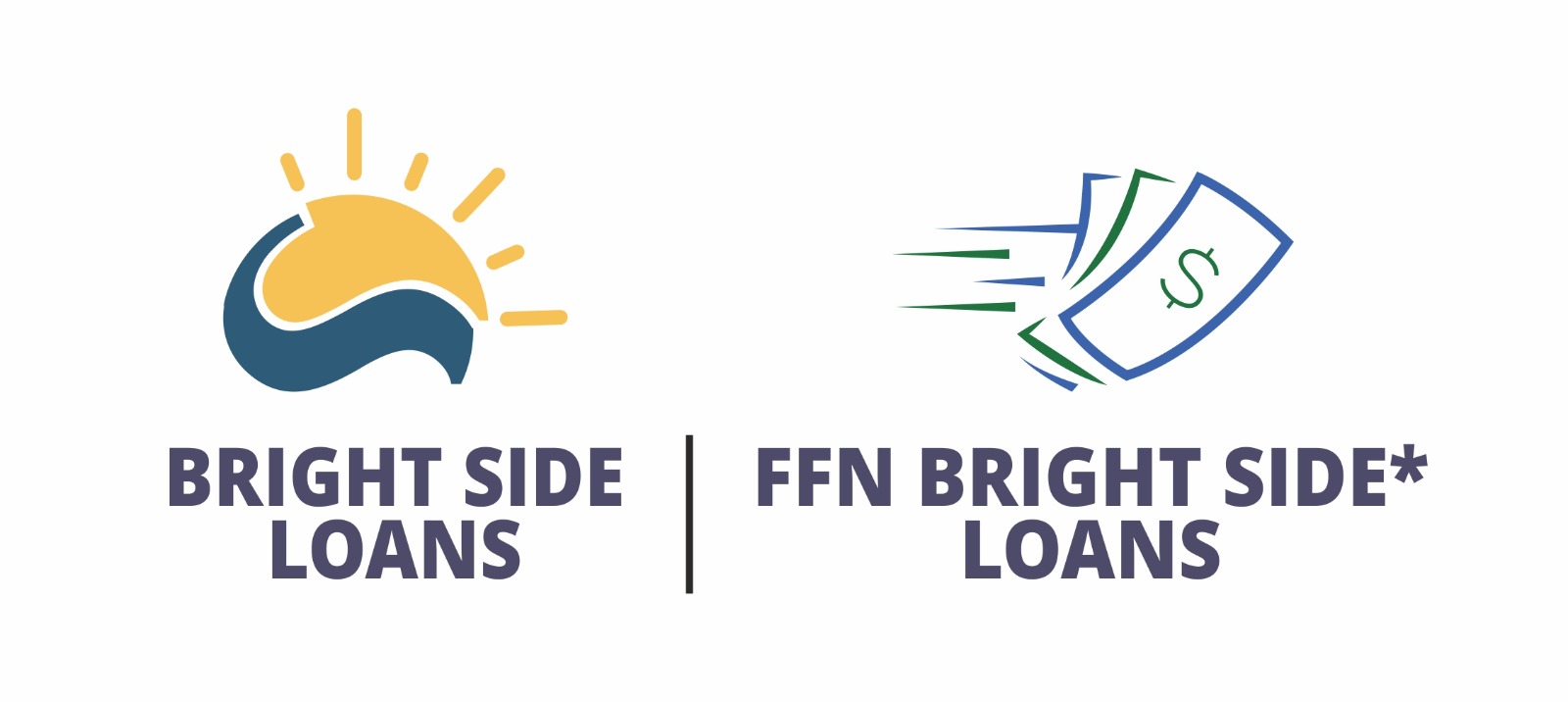At Bright Side Loans we often find that when it comes to borrowing money, consumers in the United States are often faced with the choice between short-term and long-term loans. Both types of loans have their own unique benefits and drawbacks, and understanding these can help borrowers make more informed decisions about their financial needs. In this article, we will explore the pros and cons of both short-term and long-term loans to help you determine which option might be best suited for your situation.
Introduction to Short-Term and Long-Term Loans
A short-term loan is typically defined as a loan with a repayment period of less than one year. These loans are often used to cover immediate financial needs, such as emergency expenses or unexpected bills. They can come in the form of payday loans, personal loans, or business loans.
On the other hand, a long-term loan is a loan with a repayment period extending beyond one year, often ranging from several years to decades. Examples of long-term loans include mortgages, auto loans, and student loans.
Pros of Short-Term Loans
Easier Qualification: short term loans often have less stringent qualification requirements, making them accessible to individuals with lower credit scores or limited credit history.
Quick Access to Funds: short term loans are often approved and disbursed quickly, sometimes within a matter of hours. This makes them ideal for emergency situations where immediate access to funds is necessary.
Less Interest Paid: Because the repayment period is shorter, borrowers typically pay less interest over the life of a short-term loan compared to a long-term loan.
If you are looking for online loans or are interested in discussing loan options best suited for you, do visit www.BrightSideLoans.com
Cons of Short-Term Loans
Opportunity for Large Purchases: short term loans provide the necessary funds for significant expenses, such as purchasing a home or a car, or financing higher education. Do check out the Bright Side Loans Guide on how to get your loans approved faster.
Higher Interest Rates: short term loans generally come with higher interest rates compared to long-term loans, which can make them more expensive in terms of the cost of borrowing.
Larger Monthly Payments: The short repayment period can create financial strain for borrowers, as they may need to make larger monthly payments to pay off the loan quickly.
Risk of Debt Cycle: Borrowers who are unable to repay short-term loans on time may find themselves in a cycle of debt, repeatedly borrowing to cover previous loans.
Loan Inquiry Form
Pros of Long-Term Loans
Lower Monthly Payments: short term loans loans typically have lower monthly payments compared to short-term loans, making them more manageable for borrowers with limited cash flow.
Lower Interest Rates: short term loans often come with lower interest rates, reducing the overall cost of borrowing over time.
Cons of Long-Term Loans
Higher Total Interest Paid: long term loans have lower interest rates, the extended repayment period means that borrowers pay more interest over the life of the loan.
Commitment and Risk: long term loans require a long-term commitment, which can be risky if the borrower’s financial situation changes over time.
Collateral Requirement: Many long-term loans, such as mortgages and auto loans, require collateral, which puts the borrower’s assets at risk in case of default.
Conclusion
In conclusion, both short-term and long-term loans have their pros and cons . At Bright Side Loans we are of the opinion that when deciding between a short-term and long-term loan, it’s essential to consider your financial needs, repayment ability, and the potential risks associated with each option. By carefully evaluating these factors, you can make a more informed decision that aligns with your financial goals and circumstances.
